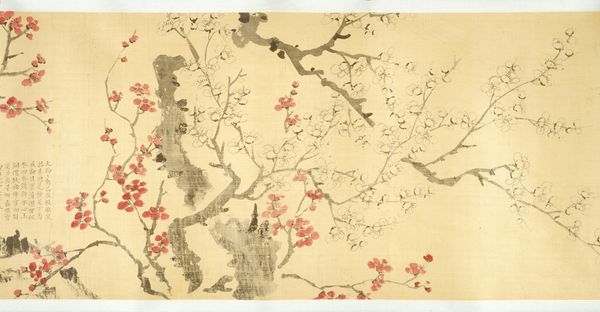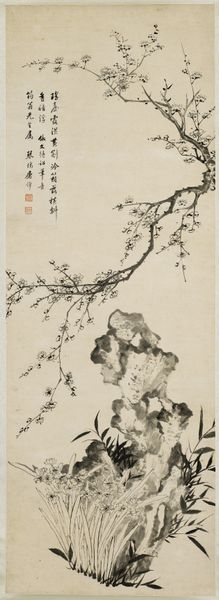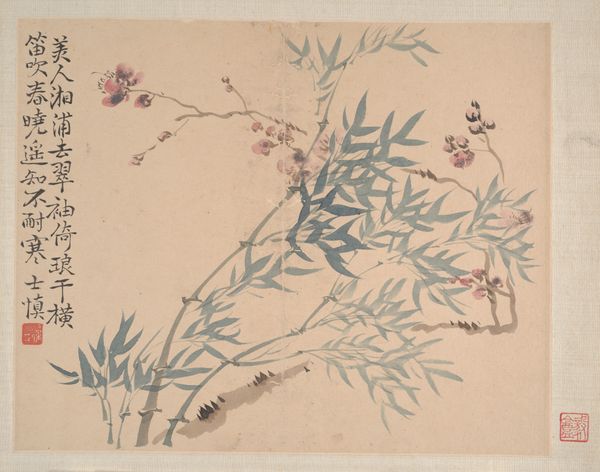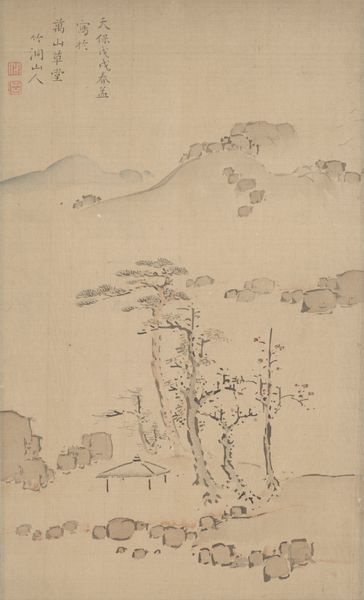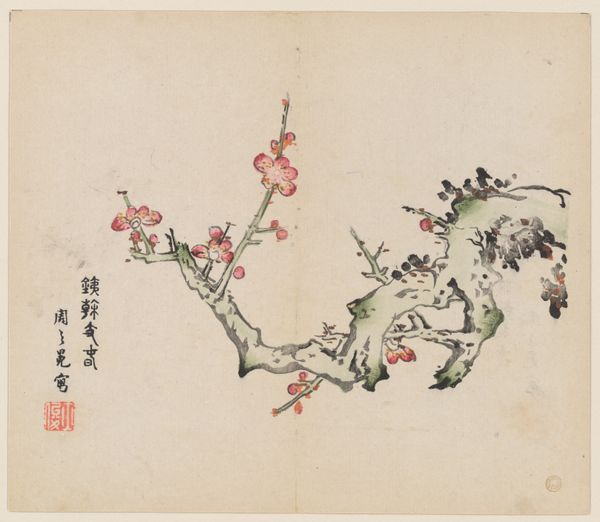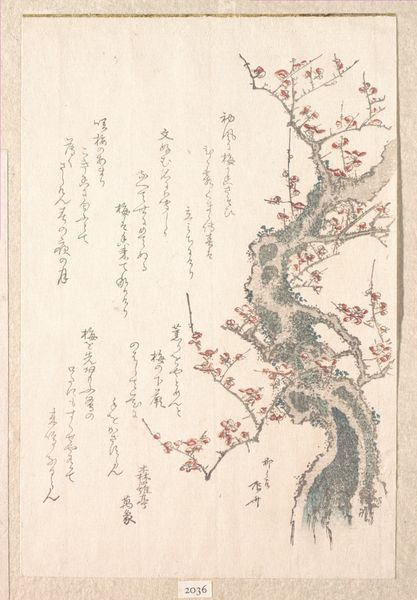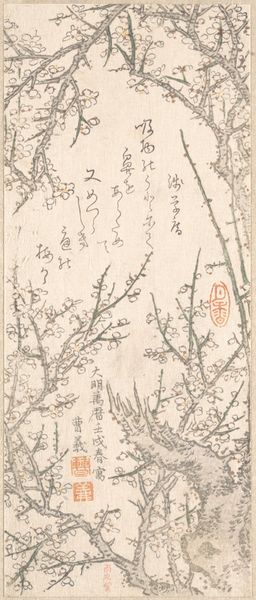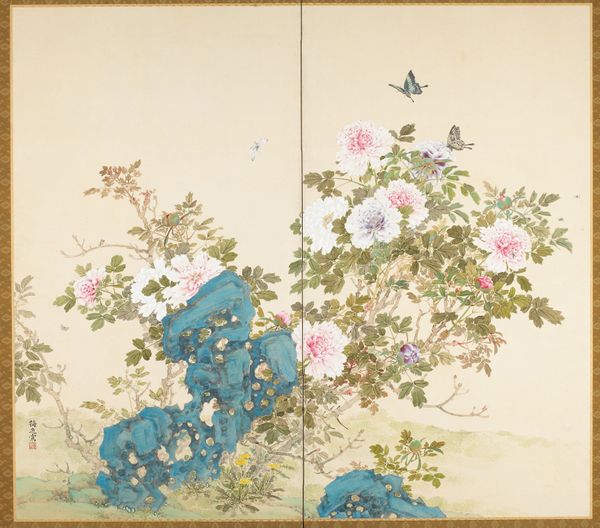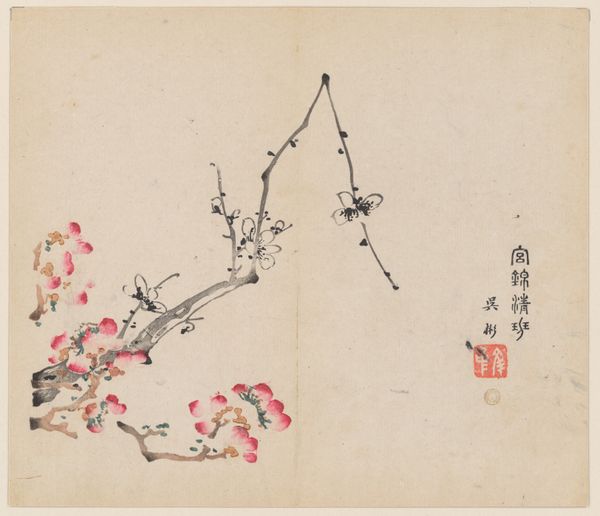
painting, watercolor, ink
#
painting
#
asian-art
#
landscape
#
figuration
#
watercolor
#
ink
#
realism
Dimensions: Image: 126 1/8 x 39 1/4 in. (320.4 x 99.7 cm) Overall with mounting: 171 x 48 3/8 in. (434.3 x 122.9 cm) Overall with knobs: 171 x 52 7/8 in. (434.3 x 134.3 cm)
Copyright: Public Domain
Editor: Standing before us is "Summer Garden," a painting created between 1520 and 1540 by Chen Chun. It’s rendered in ink and watercolor on paper, and depicts, well, a summer garden! I'm immediately struck by its delicate nature, it’s as if you could reach out and touch the petals. What stands out to you about this work? Curator: Well, from a historical perspective, this piece reflects the growing literati culture in Ming dynasty China. Consider the role of the scholar-artist. Paintings like this weren’t just decorative, they were often intensely personal expressions and declarations of aesthetic and intellectual independence, created for a close circle of friends and colleagues. Does that influence how you perceive the work's delicate nature? Editor: Absolutely, knowing it was made for a close circle, I read it as a sort of intimate communication. Is that also reflected in the visual style? The painting shies away from dramatic landscape elements in favor of emphasizing intimacy... Curator: Precisely! Think about the tradition it emerged from. Court painting tended towards grand narratives and displays of technical skill, often serving political purposes. By contrast, literati painting embraced spontaneity, and an almost deliberately "unskilled" look that signaled authenticity. This was partially due to political climates and artistic tastes shifting throughout different Dynasties and philosophical stances. Do you think knowing that helps us understand how it would have been valued at the time? Editor: It gives new meaning to each brush stroke, realizing how much these types of painting break away from more conventional art from that period, and instead favors individualism! Curator: Precisely! We see, therefore, not just a garden, but a quiet assertion of artistic freedom in a specific socio-political context. It offers us a glimpse into how aesthetics became intertwined with individual identity. Editor: So, it becomes clear the role of an artist can change dramatically depending on their time, which shapes the pieces that they produce. I never thought of that aspect when thinking about such an innocuous piece!
Comments
No comments
Be the first to comment and join the conversation on the ultimate creative platform.
